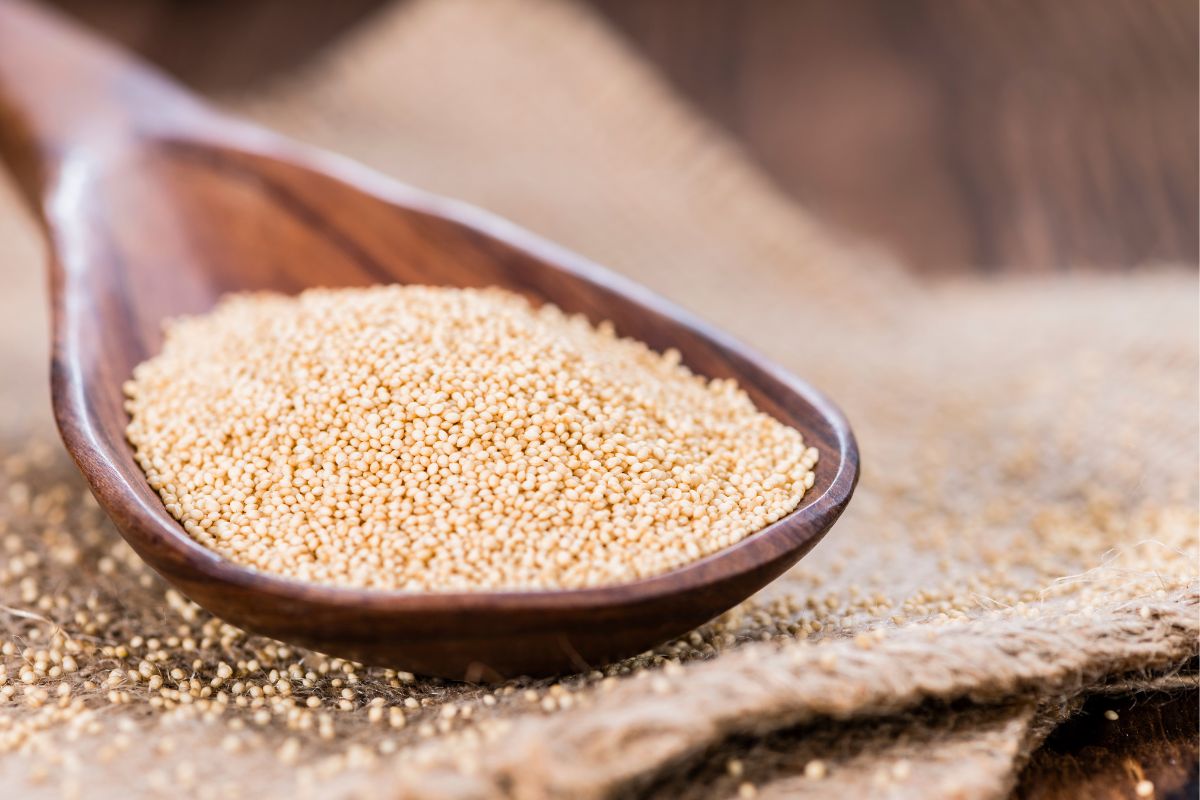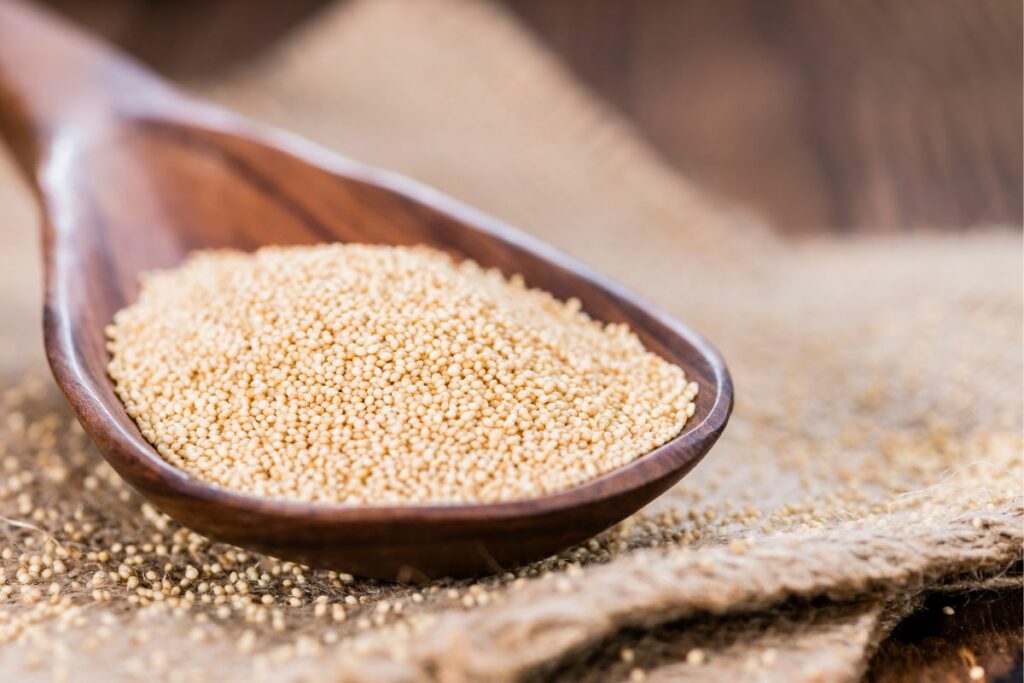Have you found yourself wondering if amaranth is gluten-free or not? Maybe you have recently been diagnosed with a gluten allergy and want to know if you can enjoy amaranth or not?

Or are you curious and want to know more? No matter the question that brought you here today, we have the answer for you!
We know how tricky it can be to figure out what you can and can’t eat when you are avoiding gluten.
Whether it is because you have an intolerance to gluten or are avoiding it out of choice, it can feel as though gluten is everywhere!
Even when you head to gluten-free sections in stores, it can be surprising to see how little choice there is, leaving you wondering what you can eat and if you can ever enjoy food again.
Well, no more! Today, we are here with the answers that you need. Keep reading to find out if amaranth is gluten-free or not and everything else you need to know about it!
Don’t forget to check out our other articles to see if any of your other favorite grains or dishes are gluten-free too!
What Is Amaranth?
Before we dive into today’s article, let’s have a quick recap for those that need it! Amaranth is a grain that is quite similar to quinoa.
It’s a small and light tan colored seed that can be cooked similarly to oats and rice, usually enjoyed as porridge or a pilaf.
You can also grind amaranth into flour and it can be used for baking, allowing you to create tasty pastries or cakes.
Amaranth is often sold as a grain or flour, and can be found in the health section of most stores. Often, it is shelved near quinoa or other grains, so you should be able to find it fairly easily!
Amaranth tastes a little peppery, but mainly has a nutty and herbal taste. It also has a similar texture to quinoa and is quite crunchy. If you like quinoa, then chances are you will like amaranth!
When toasted, amaranth tends to be more nutty in flavor, and has a light crisp that makes it taste super yummy!
It’s a diverse grain that can be used in baking, sweet, and savory meals, whether it is added to bread, turned into a cereal, or part of a cake, you are sure to get plenty of use out of amaranth!
Now that we have established what it is, let’s move on to see if amaranth is gluten-free or not!
Is Amaranth Gluten-Free?
Yes, amaranth is gluten-free! This is fantastic news if you already love amaranth and didn’t want to give it up now you aren’t eating gluten!
As amaranth is very similar to quinoa, it shares a lot of its properties, one of which being gluten-free, so if you are a quinoa fan, it’s worth trying amaranth too.
Why not add another grain to your arsenal and create even more meals with it?
As amaranth is naturally gluten-free, you often find it used by gluten-free bakers, as it allows them to create delicious savory and sweet snacks without needing to worry about them being unsuitable for anyone with gluten intolerance.
They will need to make sure that any gluten-free baked goods are made in a clean environment where there is no risk of cross-contamination with products containing gluten, though (You might be interested in checking out Is Bulgur Gluten-Free? here).
If they are not able to guarantee it, then these bakers should state this either in-store or online when you order goods with them.
Just like with other gluten-free grains, there is always a chance it could be cross-contaminated with other products that contain gluten.
We recommend that you only purchase amaranth that is labeled gluten-free.
You can do this by purchasing it from the gluten-free section of a store, or by checking the packaging to ensure that it states it is gluten-free.
Amaranth can sometimes come into contact with grains containing gluten in the milling or distribution process, and that contamination can be very dangerous if you have celiac disease or serious gluten intolerance.
So, be sure to check the packaging carefully before you make your purchase! You can always contact the manufacturer directly too if you need further clarification about cross-contamination.
Is Amaranth Healthy?
Yes, amaranth is a healthy grain for you to enjoy! Amaranth has slightly more protein than quinoa (sitting at 9g for a portion) and is packed full of minerals that your body needs.
It is a good source of copper, calcium, magnesium, potassium, phosphorus, and zinc! Who needs to take vitamins when you can enjoy some amaranth instead?
Sprinkling a few amaranth seeds over a bowl of salad is a fantastic way to add some protein to it and also get those additional vitamins and minerals into your body!
It also has high levels of fiber that should help to keep you feeling fuller for longer.
Just with any other food, although amaranth is super healthy, make sure that you are eating it in moderation.
Aim to include it in your diet a few times a week, rotating it with other gluten-free grains that you enjoy to help keep your diet varied and balanced.
Not only does this help you stay as healthy as possible, but it means you won’t get bored of eating the same few meals all the time! Variety is the key to a healthy and happy body.
Final Thoughts
And there you have it! Amaranth is not only gluten-free but a fantastic grain for you to fuel your body with.
The grain has good amounts of protein and fiber that will help keep you feeling full and ready for anything the day throws at you.
Whether you purchase amaranth as a grain, seed, or flour, be sure that you read the packaging carefully to ensure that it is gluten-free and has no cross-contamination with gluten products.
Do the same with all food you use, to ensure that no gluten is entering your body!








